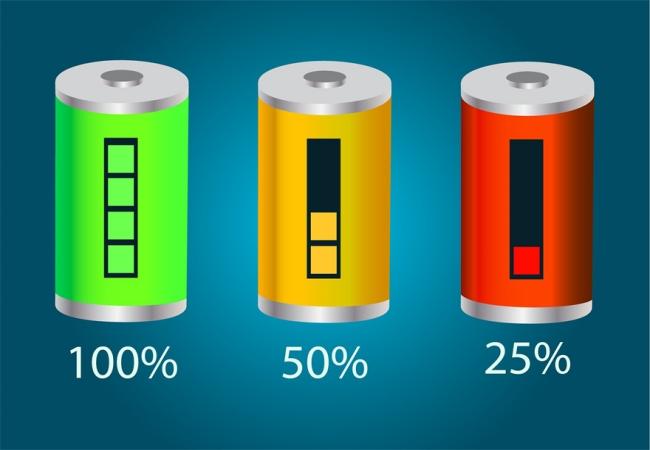Ultra-high Speed Motion Motion Control Software Algorithm
Sub-micron Precision Motion Platform
AI Visual Defect Detection Technology




Using ultra-high current high-precision programmable power supplies, high-power high-precision shunt resistors + high-precision ammeters (four-wire testing), and high-power switching devices to calibrate the power of high-power devices (product readings are fed back to the system via CAN, compared with standard instrument readings, then fitted through software algorithms and written into firmware). Covering the entire curve of 0A-3A-100A-500A-1000A, it effectively tests and ensures the power and impedance performance of high-power products. Through ingenious equipment design, one system can test 4 or more products in par

Through high-voltage high-precision reference power supply system and high-precision (0.1uV) measurement sampling system. Provide reference power supply (3.2V-4.3V) for each BMS input, compare BMS voltage curve readings with standard voltage curve readings, and combine software algorithms for curves (zero point and slope) to accurately calibrate and fit the product's BMS system. This enables products to achieve consistent performance through soft calibration and hardware writing. Combined with production equipment, we have an original equipment system segmented self-diagnosis function, which reduces maintenance difficulty of complex systems (64-channel test and calibration system) and can quickly locate abnormalities in a certain channel among many lines.
Combined with self-developed high-precision water chiller hardware, our precision (±0.1℃), speed (reaching extreme high and low temperatures in 2 minutes), and overshoot (±0.5℃) reach industry leading levels. It can provide 4 independent channels of temperature and flow regulation functions while sharing the refrigeration system, greatly saving equipment costs and space. The PID algorithm combined with hardware can also link with new energy testing machines, providing standard communication interfaces and protocols (RS485/ TCPIP/ Modbus/ USB/ CAN).

By using high-power load resistors, electronic loads, low-voltage systems communicating with batteries, and CAN bus, the battery reaches a high-load state in a short time, causing safe and controllable heating of the battery pack. Then 3×3 (total 9 zones) infrared cameras are used for infrared imaging to obtain the overall infrared image of the battery pack. By quantitatively detecting obvious hotspots in the battery pack, it can detect poor cell performance or defective busbar Poor welding process.
Using ultra-high current high-precision programmable power supplies, high-power high-precision shunt resistors + high-precision ammeters (four-wire testing), and high-power switching devices to calibrate the power of high-power devices (product readings are fed back to the system via CAN, compared with standard instrument readings, then fitted through software algorithms and written into firmware). Covering the entire curve of 0A-3A-100A-500A-1000A, it effectively tests and ensures the power and impedance performance of high-power products. Through ingenious equipment design, one system can test 4 or more products in par